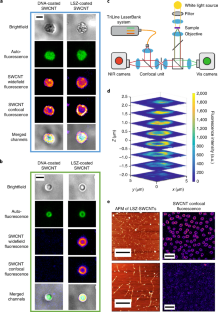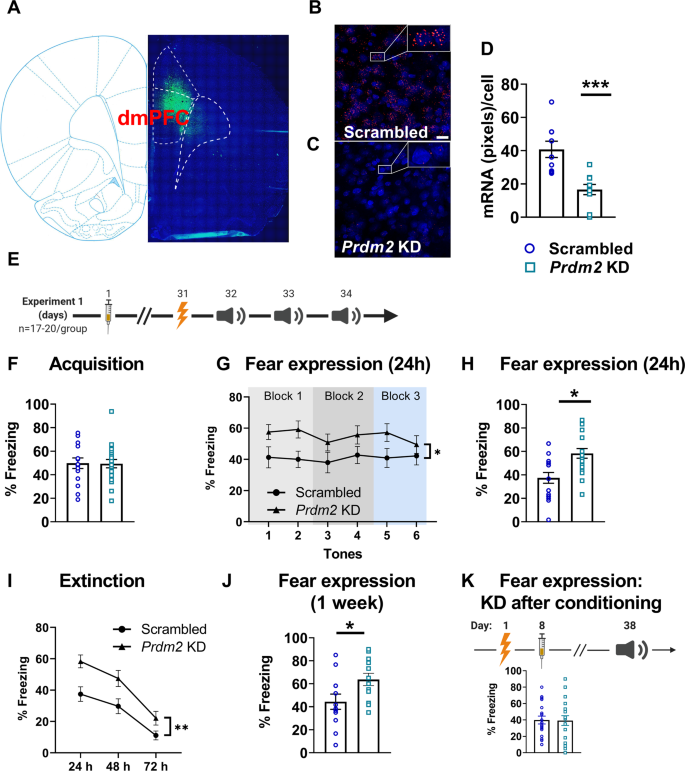2022-09-16 スイス連邦工科大学ローザンヌ校(EPFL)
研究者たちは、バクテリアの外膜の負電荷に引き寄せられる正電荷のタンパク質で単層カーボンナノチューブ(SWCNT)を「装飾」することによって、バクテリアが自発的に取り込むように「説得」できた。
この研究で取り上げた2種類の細菌(SynechocystisとNostoc)は、シアノバクテリア門に属し、植物のように光合成によってエネルギーを得る巨大な細菌群である。また、藍藻は「グラム陰性菌」と呼ばれ、細胞壁が薄く、「グラム陽性菌」にはない外膜を有している。
研究チームは、シアノバクテリアが、受動的かつ長さに依存した選択的なプロセスによって、SWCNTを内包していることを確認した。このプロセスにより、単細胞のSynechocystisと、蛇のように長い多細胞のNostocの両方の細胞壁を、SWCNTが自発的に貫通することができたのである。
ナノチューブから得られる特殊な近赤外蛍光をバクテリアの内部で画像化できるよう、世界で初めてカスタム装置を作った。
従来の粒子やタンパク質ではイメージングが難しかった細胞内の様子を、ナノチューブを用いて見ることができるようになった
彼らの発見は、SWCNTが、分裂している微生物の娘細胞に共有されていることを明らかにした。
<関連情報>
- https://actu.epfl.ch/news/nanotubes-illuminate-the-way-to-living-photovoltai/
- https://www.nature.com/articles/s41565-022-01198-x
カーボンナノチューブのシアノバクテリアへの取り込みによる近赤外線イメージングと生物発電の増強によるリビング太陽光発電の実現 Carbon nanotube uptake in cyanobacteria for near-infrared imaging and enhanced bioelectricity generation in living photovoltaics
Alessandra Antonucci,Melania Reggente,Charlotte Roullier,Alice J. Gillen,Nils Schuergers,Vitalijs Zubkovs,Benjamin P. Lambert,Mohammed Mouhib,Elisabetta Carata,Luciana Dini & Ardemis A. Boghossian
Nature Nanotechnology Published:12 September 2022
DOI:https://doi.org/10.1038/s41565-022-01198-x

Abstract
The distinctive properties of single-walled carbon nanotubes (SWCNTs) have inspired the development of many novel applications in the field of cell nanobiotechnology. However, studies thus far have not explored the effect of SWCNT functionalization on transport across the cell walls of prokaryotes. We explore the uptake of SWCNTs in Gram-negative cyanobacteria and demonstrate a passive length-dependent and selective internalization of SWCNTs decorated with positively charged biomolecules. We show that lysozyme-coated SWCNTs spontaneously penetrate the cell walls of a unicellular strain and a multicellular strain. A custom-built spinning-disc confocal microscope was used to image the distinct near-infrared SWCNT fluorescence within the autofluorescent cells, revealing a highly inhomogeneous distribution of SWCNTs. Real-time near-infrared monitoring of cell growth and division reveal that the SWCNTs are inherited by daughter cells. Moreover, these nanobionic living cells retained photosynthetic activity and showed an improved photo-exoelectrogenicity when incorporated into bioelectrochemical devices.


